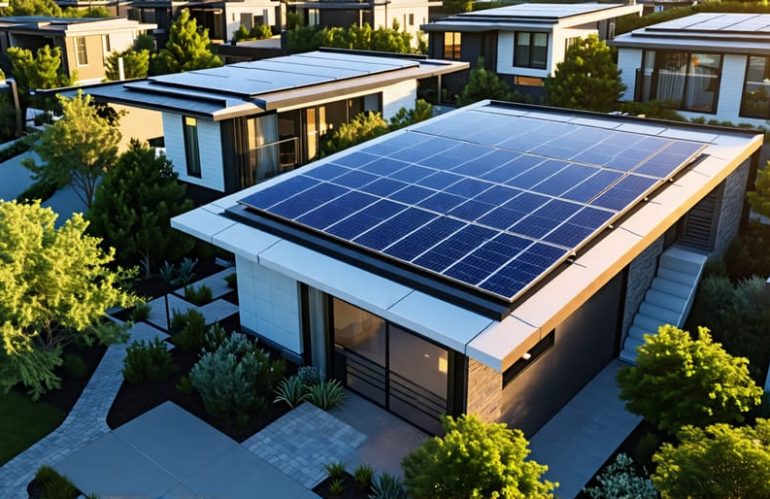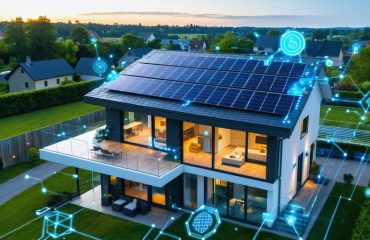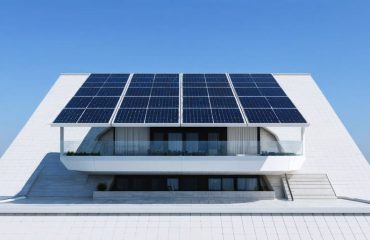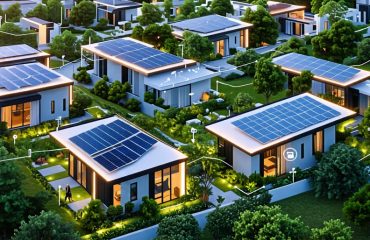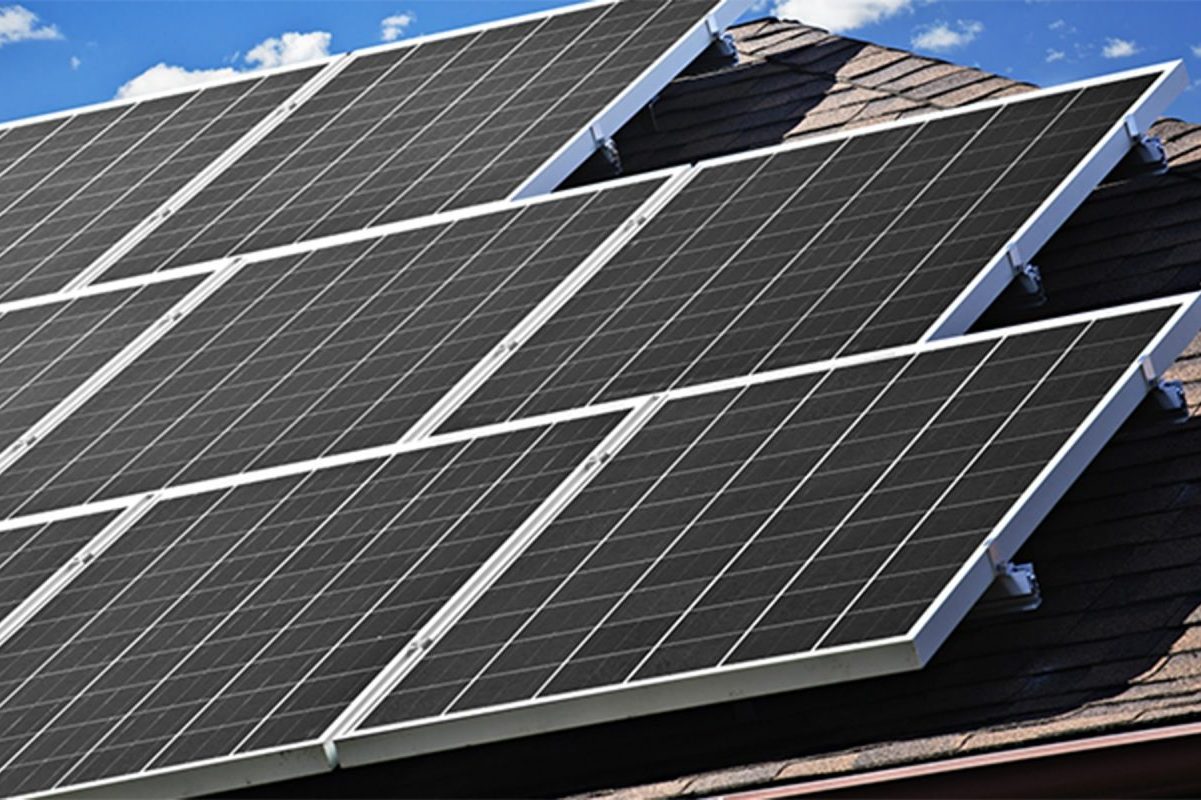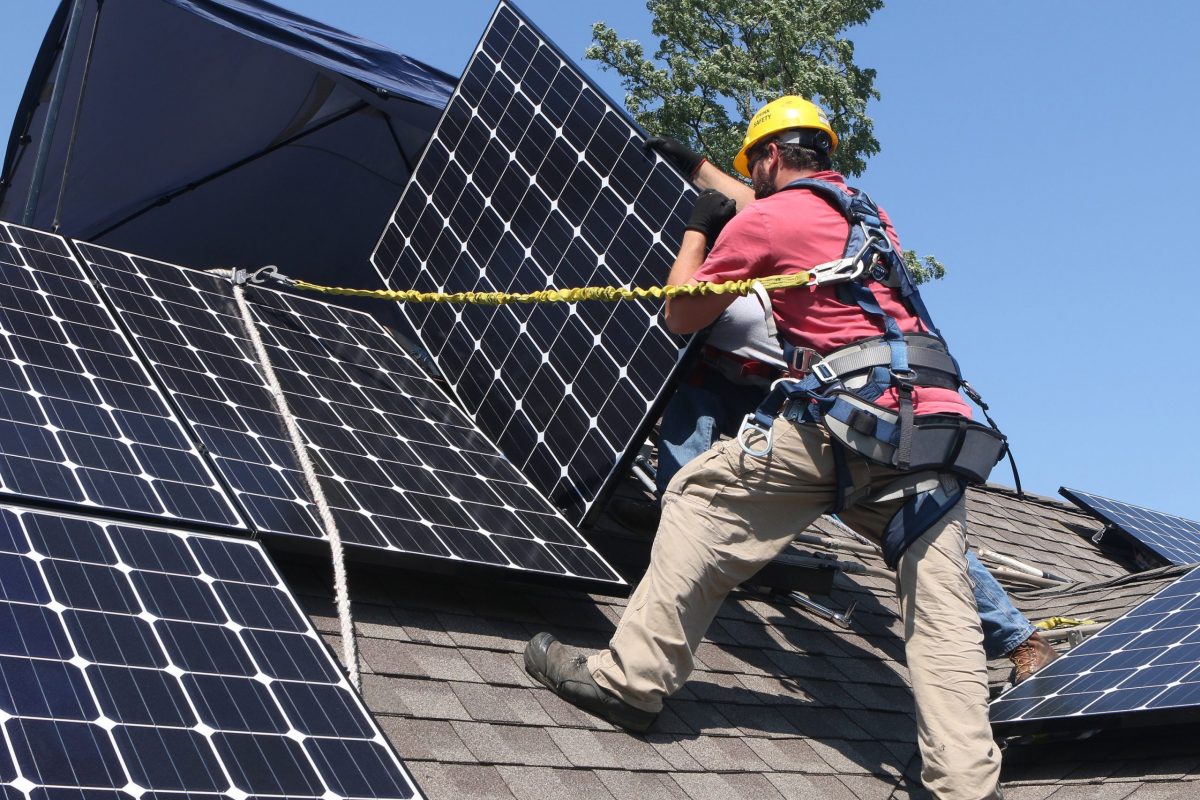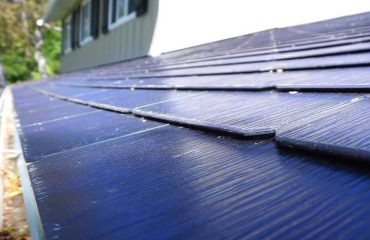The solar panel revolution is accelerating in 2024, bringing unprecedented efficiency, affordability, and aesthetics to homeowners. Cutting-edge technologies like multi-junction cells, advanced coatings, and streamlined designs are propelling residential solar to new heights. With record-breaking conversion rates up to 30%, these next-gen panels harness more sunlight than ever before. Their ultra-durable materials withstand even the harshest weather conditions, ensuring decades of reliable clean energy. Sleek, low-profile form factors seamlessly integrate into any roof for enhanced curb appeal. As innovations drive down costs and boost output, going solar becomes an increasingly attractive investment. 2024’s solar breakthroughs empower homeowners to dramatically slash electric bills, increase property values, and join the frontlines of the clean energy transition. The future of residential solar shines brighter than ever – and it’s more accessible than you might think. Discover how 2024’s solar panel advancements can help you power your home and lifestyle with clean, affordable, cutting-edge technology.
Record-Breaking Efficiency Gains
Perovskite Progress
Perovskite solar cells are set to make a significant impact on the solar energy market in 2024. These innovative cells, made from a calcium titanium oxide mineral, offer several advantages over traditional silicon-based solar panels. Researchers have been working tirelessly to improve the efficiency and stability of perovskite cells, and their efforts are paying off. In 2024, perovskite solar panels are expected to reach efficiency levels of 25-30%, surpassing the average efficiency of silicon panels. This means that homeowners can generate more electricity with fewer panels, reducing installation costs and space requirements. Additionally, perovskite cells can be manufactured using a simple printing process, making them more affordable to produce. As a result, the cost of solar energy is predicted to drop significantly, making it more accessible to a wider range of households. Perovskite cells also have the potential to be more versatile than silicon panels, as they can be made transparent or flexible, opening up new possibilities for integrating solar energy into buildings and other structures. With higher efficiency, lower costs, and increased versatility, perovskite solar cells are poised to revolutionize the solar industry in 2024, making clean energy more accessible and attractive to homeowners. However, it’s important to note that the panel voltage and other technical specifications may differ from traditional silicon panels, so homeowners should work with experienced installers to ensure optimal performance and safety.

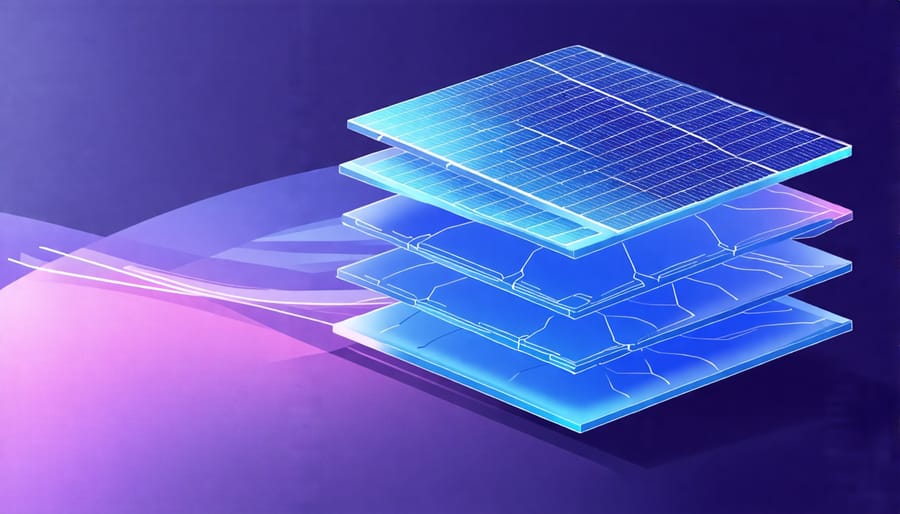
Tandem Tech Takes Off
Tandem solar cell technology, which combines perovskite and silicon, is set to revolutionize the solar industry by pushing performance boundaries. This innovative approach layers a perovskite cell on top of a traditional silicon cell, allowing the two materials to work together to capture a broader spectrum of light. By harnessing more of the sun’s energy, tandem cells can achieve higher efficiency levels than conventional silicon panels alone. Researchers predict that tandem solar cells could reach an impressive 30% efficiency or more, compared to the current average of around 20% for silicon panels. This breakthrough technology has the potential to significantly boost the power output of solar installations while maintaining the same physical footprint. As tandem cells become commercially available in the near future, homeowners can look forward to generating more clean energy from their rooftop solar systems, reducing their reliance on the grid and lowering their electricity bills.
Improved Durability and Longevity
Self-Healing Sealants
In a groundbreaking development, scientists have created self-healing coatings that promise to revolutionize solar panel durability. These cutting-edge materials are designed to automatically repair microcracks and surface damage, significantly extending the lifespan of solar panels. By incorporating advanced polymers and nano-scale healing agents, the coatings can detect and respond to structural imperfections in real-time. When a crack forms, the healing agents are released, filling the gap and restoring the panel’s integrity. This self-healing process not only prevents further damage but also maintains the panel’s efficiency over time. With the ability to withstand harsh weather conditions, impact, and wear and tear, self-healing coatings are set to make solar panels more resilient than ever before. Homeowners can look forward to solar installations that require minimal maintenance and deliver reliable performance for decades to come. As this technology becomes more widely adopted, it will contribute to the long-term sustainability and cost-effectiveness of solar energy, making it an even more attractive option for eco-conscious consumers looking to reduce their carbon footprint and energy bills.
Built Tougher
New solar panels in 2024 are engineered to withstand the toughest conditions nature can throw at them. Advanced framing designs using aerospace-grade aluminum alloys provide unparalleled structural integrity, resisting high winds, heavy snow loads, and even moderate impacts. Cutting-edge encapsulation materials shield the delicate photovoltaic cells from moisture, dust, and temperature extremes, ensuring consistent performance in harsh environments. Innovative mounting systems allow panels to flex slightly under stress, preventing cracking and extending lifespan. Rigorous accelerated lifecycle testing simulates decades of outdoor exposure, so you can trust these panels to deliver reliable, worry-free power for your home year after year. With such rugged durability, the solar panels of 2024 are built to survive and thrive in any climate, giving you peace of mind and a solid return on your investment.
Sleeker, Smarter Designs
Attractive Aesthetics
In 2024, solar panel manufacturers are set to introduce visually stunning designs that seamlessly integrate with various roof styles and colors. These sleek, low-profile panels will feature darker hues and slimmer frames, making them less noticeable from the street level. Some models will even mimic the appearance of traditional roofing materials, such as tiles or shingles, allowing homeowners to enhance curb appeal while embracing clean energy. Gone are the days of bulky, unsightly solar arrays that detract from a home’s aesthetic. The new generation of solar panels will blend harmoniously with residential architecture, encouraging more homeowners to adopt this eco-friendly technology without compromising on style. As a result, solar power will become an increasingly attractive option for those seeking to reduce their carbon footprint and energy costs while maintaining the visual appeal of their homes.
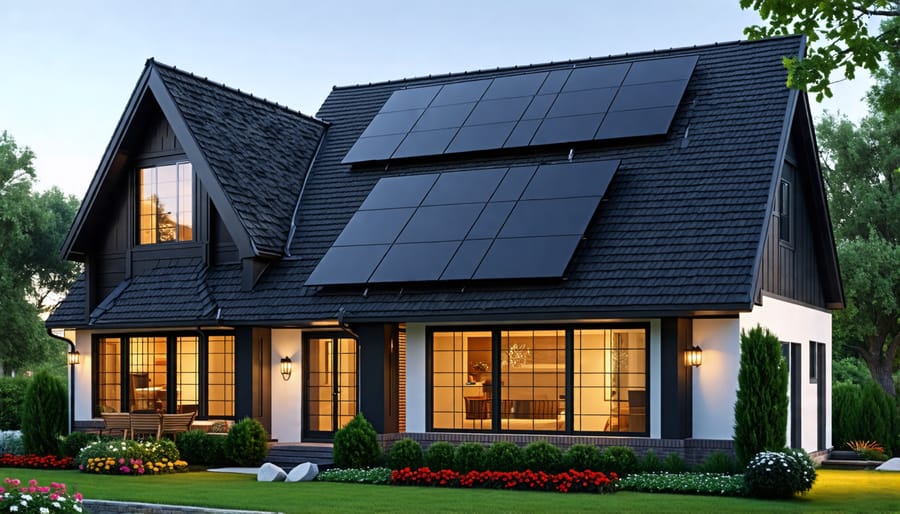
Intelligent Integrations
Intelligent solar panel integrations in 2024 will provide homeowners with unprecedented control and insights into their energy production. Built-in panel-level monitoring systems, accessible through user-friendly mobile apps, allow you to track the performance of each individual panel in real-time. This enables quick identification and resolution of any underperforming panels, ensuring your system consistently operates at peak efficiency. Additionally, advanced optimization algorithms within these apps can dynamically adjust panel output based on factors like weather conditions and shading, maximizing your energy harvest throughout the day. With these smart integrations, you’ll have the power to monitor, manage, and optimize your solar investment right at your fingertips, making sustainable living more convenient and rewarding than ever before.
Declining Costs and Increasing Value
As solar technology continues to advance at a rapid pace, the costs associated with installing and maintaining solar panels have been steadily declining. This trend is expected to accelerate in 2024, thanks to groundbreaking innovations in panel design, manufacturing processes, and energy storage solutions. Homeowners can now enjoy the benefits of clean, renewable energy without breaking the bank, as making solar more affordable than ever before becomes a reality.
One of the primary drivers behind the falling costs of solar panels is the increased efficiency of the latest designs. By harnessing a greater percentage of the sun’s energy and converting it into usable electricity, these advanced panels require less space and fewer materials to generate the same amount of power as their predecessors. This translates to lower production costs for manufacturers, which are then passed on to consumers in the form of more competitive pricing.
Moreover, as the demand for solar energy grows, manufacturers are able to leverage economies of scale to further reduce costs. Streamlined production processes, automated assembly lines, and bulk purchasing of raw materials all contribute to driving down the price of solar panels. This means that homeowners can now install larger, more powerful systems at a fraction of the cost compared to just a few years ago.
The financial benefits of embracing solar technology extend far beyond the initial installation. With the ability to generate their own clean energy, homeowners can significantly reduce or even eliminate their reliance on the grid, leading to substantial savings on monthly utility bills. Additionally, many states and local governments offer attractive incentives, such as tax credits and rebates, to encourage the adoption of solar power. These programs further enhance the affordability and long-term value of investing in solar panels.
As the world moves towards a more sustainable future, the declining costs and increasing value of solar technology make it an attractive option for homeowners looking to reduce their carbon footprint and save money in the process. With the exciting advancements set to emerge in 2024, there has never been a better time to embrace the power of the sun and join the growing community of solar-powered households.
Conclusion
In conclusion, the solar panel technology of 2024 promises to be a game-changer for homeowners looking to embrace sustainable living and reduce their energy costs. With improved efficiency, increased durability, and sleek designs, the next generation of solar panels will make it easier than ever to harness the power of the sun. As costs continue to fall and installation becomes more streamlined, there’s never been a better time to consider upgrading your home’s energy system. By investing in solar power, you can not only save money on your monthly bills but also contribute to a cleaner, greener future for our planet. Imagine a world where every rooftop is equipped with cutting-edge solar panels, generating clean energy and reducing our reliance on fossil fuels. With the advancements coming in 2024, that vision is closer than ever to becoming a reality. The future is bright, and it’s powered by the sun.

